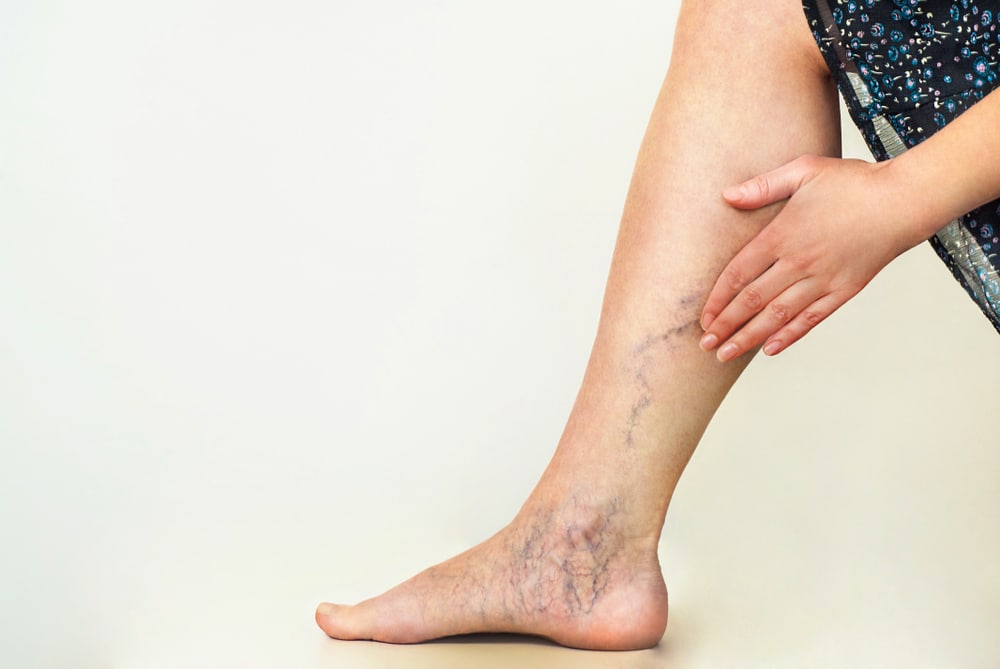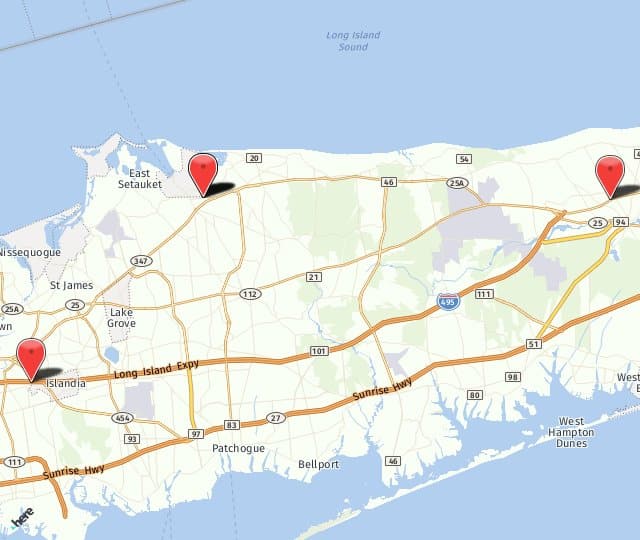Foam sclerotherapy is a medical procedure used to treat varicose veins. Varicose veins result from weakened valves which keep the veins from functioning properly and allow blood to pool in the legs. Varicose veins may be not only unattractive but medically problematic.

During foam sclerotherapy, a sclerosant solution is injected into the affected veins, causing their eventual collapse. These damaged veins will be absorbed by the body and blood flow will naturally be rerouted through other, healthy veins.
Why do foam sclerotherapy?
Sclerotherapy is a well-known treatment for spider veins and varicose veins. It has a proven track record for success and is known to be a relatively painless vein procedure. One of the reasons that foam sclerotherapy may be a preferred method of treatment is that it does not require an anesthetic. Even with the "foam" aspect, treatment is performed using a tiny needle. Another reason that a doctor may prefer foam sclerotherapy is that the thicker consistency of the sclerosing agent may be more efficient at sticking to the walls of larger veins that need to be collapsed.
The difference between sclerotherapy and foam sclerotherapy
The two treatments are quite similar. Traditional sclerotherapy utilizes a liquid sclerosing agent. When injected into the vein, the liquid causes controlled inflammation that results in the vein's closure. Foam sclerotherapy takes the liquid sclerosing agent and whips it to increase its thickness and consistency. The foam is then injected into the vein, forcing it to close.
Am I a candidate for foam sclerotherapy?
Most adults who are troubled by spider veins or varicose veins are good candidates for foam sclerotherapy. Your vascular specialist performs a thorough consultation that includes a medical history and examination. The data obtained during this visit enables the doctor to develop a treatment recommendation that fits your unique situation.
Schedule a Client Consultation
Read what our patients are saying!
"Extremely satisfied with my visit with SVA . The whole staff was very friendly, knowledgeable and helpful! Highly recommend them for any vascular leg treatment."
What will the foam sclerotherapy procedure feel like?
Foam sclerotherapy, like traditional sclerotherapy treatment, does not require an anesthetic. Patients may experience temporary discomfort during their treatment that is related to the tiny pinch of the needle. As the medication is absorbed into the vein, a minor stinging or burning sensation may occur. During or after treatment, the controlled inflammation in the vein may prompt an aching sensation in the leg around the vein. These sensations are uncomfortable, but not painful. They last from a few seconds to a few days.
The Foam Sclerotherapy Procedure
To ensure precision, foam sclerotherapy is performed with the aid of ultrasound imaging. The affected veins are injected with a foamed sclerosant solution, which causes the veins to eventually collapse and be absorbed into the bloodstream. This safe procedure can be performed outpatient, in the doctor‘s office and takes less than an hour to complete. Anesthesia is not needed for foam sclerotherapy. After the skin is cleaned with an antiseptic solution, the sclerosant is injected into the affected veins with a very fine needle. The number of injections per session varies based on the number and length of the damaged veins. After the sclerotherapy procedure, cotton balls and compression tape are applied to the injection site. Patients usually report only a mild burning sensation during the treatment.
Recovery from Foam Sclerotherapy
After foam sclerotherapy, most patients can immediately return work and regular activities the same day. Exercise and other strenuous activities, however, should be avoided for 7 to 10 days. Compression bandages may need to be worn for a week to 10 days after the procedure, and some patients may experience mild bruising and discoloration following sclerotherapy; but these side effects usually subside within a few days. The results of foam sclerotherapy are usually fully visible after 3 to 6 weeks. To preserve the results of sclerotherapy, patients should maintain an active, healthy lifestyle after the procedure.
What are the risks of Foam Sclerotherapy?
While sclerotherapy is a safe procedure, there are certain risks associated with any procedure of this type. Rare complications may include: nerve damage, phlebitis, deep vein thrombosis, infection or failure of the procedure. Most patients are very satisfied with the results of this treatment.
Other possible treatments for varicose and spider veins
Yes. There are a few common treatments that doctors perform for spider veins and varicose veins. While sclerotherapy is the most frequently performed, others include endovenous laser therapy, endovenous radiofrequency ablation, and ambulatory phlebectomy. Each treatment that has been developed has unique properties that may make it more suitable for or preferable to a patient. We offer a number of these options at Suffolk Vascular & Vein Center and can explain which may be ideal for you, and why, during your consultation.
Schedule a Client Consultation
If you are interested in learning more about Foam Sclerotherapy or scheduling a consultation, please contact one of our offices by calling (631) 476-9100. Our offices serve Suffolk County, NY, with offices in Hauppauge, Port Jefferson Station, and Riverhead, NY.

